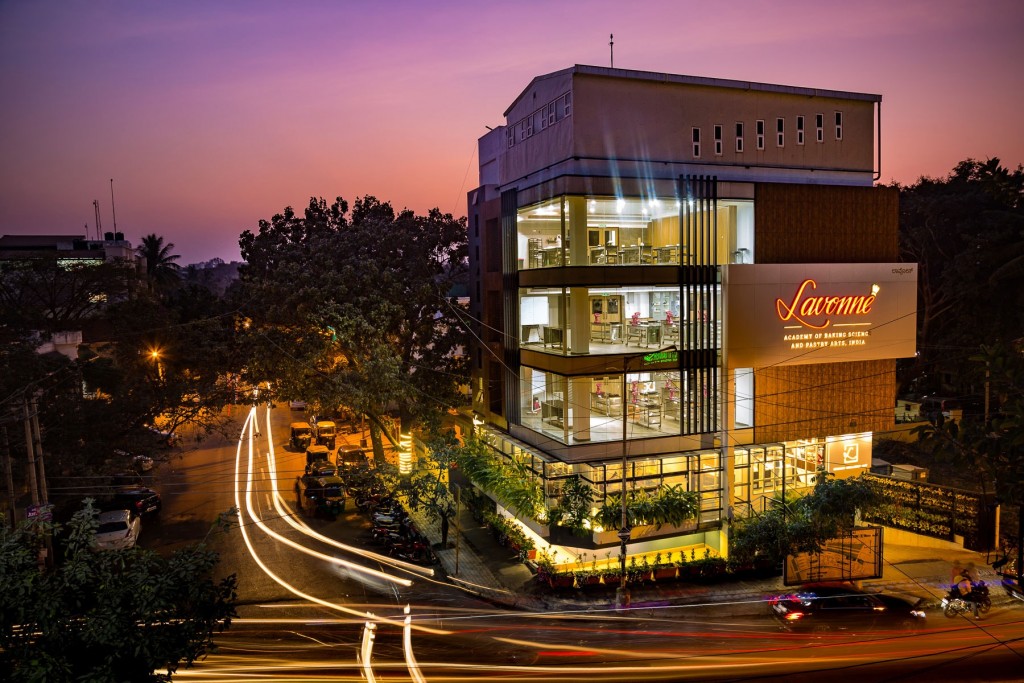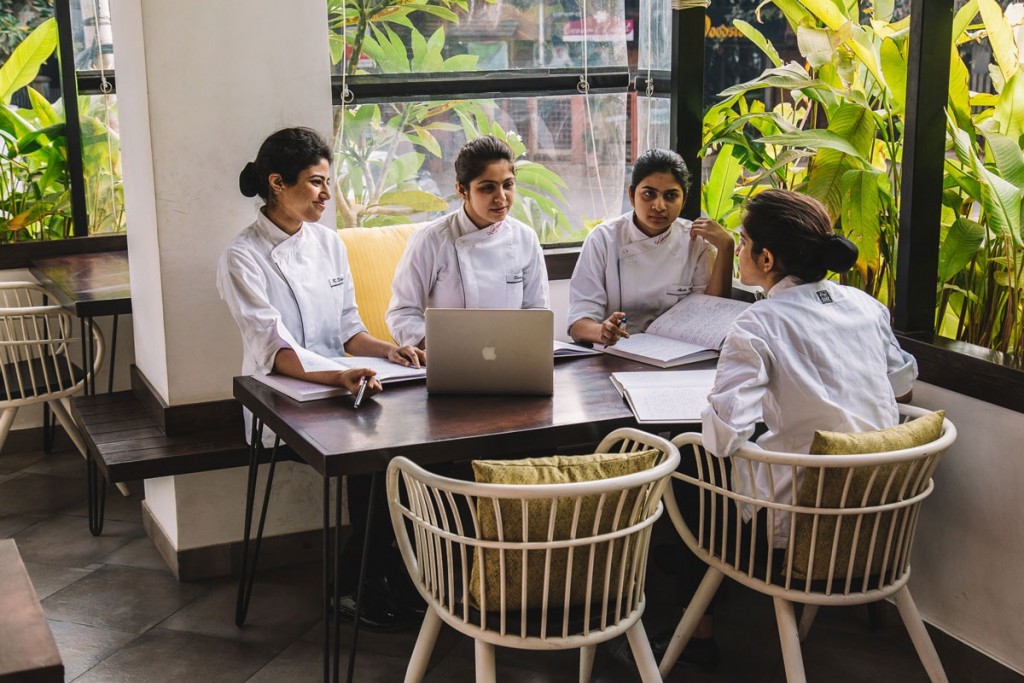On their own, cakes are sinful indulgences — but it’s the gooey layers of luscious buttercream that make them a heavenly delight. That’s perhaps why cheesy compliments like “You’re a beautiful cupcake in a world full of muffins”, does in fact make complete sense, at least especially to someone who knows the magic of swirls of buttercream.
For those who are a page behind, buttercream is a type of icing or filling used inside cakes, as a glaze, and as decoration. In its humblest form, it is prepared by creaming butter with powdered sugar, although other fats are sometimes used. Food colours and flavours are often added. A popular topping for cupcakes, sponge cakes, butter cakes, and other desserts, there are in fact 4 major types of buttercream!
1. American Buttercream is the easiest to make. Creamy, sweet, and extremely fluffy, all it calls for is the beating of softened butter until it’s fluffy, adding powdered sugar, cream (some add a few drops of milk, instead), and a little flavouring, and whipping them all together.
2. Meringue-based Buttercreams are light and creamy in texture and poised between sweetness and richness. They are also the easiest to work with when icing and decorating cakes.

Italian Meringue is prepared by the addition of sugar syrup made by heating sugar and water (and sometimes the addition of glucose or corn syrup to stabilize the crystal structure) heated to the soft-ball stage (118°C, 240 °F) to egg whites whipped to soft peaks. The sugar syrup cooks the egg whites, heating them well past the 60°C (140°F) mainly to kill salmonella and other potentially harmful bacteria. The syrup and egg white mixture is then whipped and cooled until it reaches room temperature.
Swiss Meringue is prepared by cooking the egg whites and sugar together in a double boiler. The mixture is whisked while it cooks until its temperature reaches 60°C. It is then removed from the heat and whipped at high speed until it forms stiff peaks and has cooled.
French Meringue is made by whipping egg whites, cream of tartar, and castor sugar until stiff, silky peaks are formed. This type of meringue is typically used in recipes in which the prepared meringue is piped or spread onto a sheet pan and then cooked in a slow (low temp.) oven.
3. Custard-based Buttercream, also known as German buttercream, crème mousseline, and Bavarian cream, is prepared by beating together some thick pastry cream and softened butter, and may be additionally sweetened with confectioners’ sugar. This buttercream is renowned for its richness and is used more as a filling or an icing, and hardly ever for decoration.

4. French Buttercream is not to be confused with French meringue because unlike its almost-namesake, French buttercream is prepared in the same way as Italian meringue-based buttercream, except egg yolks are used to substitute egg whites. This buttercream tends to melt the fastest and is again not a wise option for cake decoration.
So the next time someone talks to you about using crème mousseline in their Fraisier cake or about sugar reaching a soft ball stage, you should be able to wax eloquent! And if you’re worried about the number of calories that come with buttercream, we’re here to remind you that once you lick the frosting off the cupcake, it becomes a muffin…and muffins are healthy! You’re welcome!
Picture Courtesy: www.wikipedia.org




